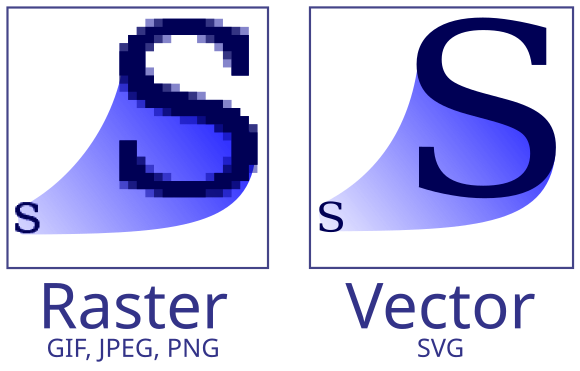LaTeX Figures, tables, and flowcharts¶
Figures¶
Important
Make sure your figures are vector when possible, and not raster. This will make them of greater quality, especially for text.
Vector formats: PDF, SVG.
Raster formats: PNG, JPG, JPEG, GIF.

Best vector graphics drawing tools:
- Affinity Designer (€€ but way less than Adobe)
- Inkscape
- IPE (integrates LaTeX text; great for triangulation and geometric stuff)
- Adobe Illustrator (nice, but €€€)
Tables¶
Tables are notoriously difficult to make in LaTeX.
Tip
LaTeX package booktabs is strongly recommended!
The package \texttt{booktabs} permits you to make nicer tables than the basic ones in \LaTeX.
See for instance \autoref{tab:example}.
\usepackage{booktabs}
...
\begin{table}
\centering
\begin{tabular}{@{}lrrcrrc@{}} \toprule
& \multicolumn{2}{c}{3D model} && \multicolumn{2}{c}{input} \\
\cmidrule{2-3} \cmidrule{5-6}
& solids & faces && vertices & constraints \\
\toprule
\textbf{campus} & 370 & 4~298 && 5~970 & 3~976 \\
\textbf{kvz} & 637 & 6~549 && 8~951 & 13~571 \\
\textbf{engelen} & 1~629 & 15~870 && 23~732 & 15~868 \\
\bottomrule
\end{tabular}
\caption{Details concerning the datasets used for the experiments.}%
\label{tab:example}
\end{table}
Flowcharts¶
- draw.io (free, simple, all you probably need)
- OmniGraffle (nice, but €€€)